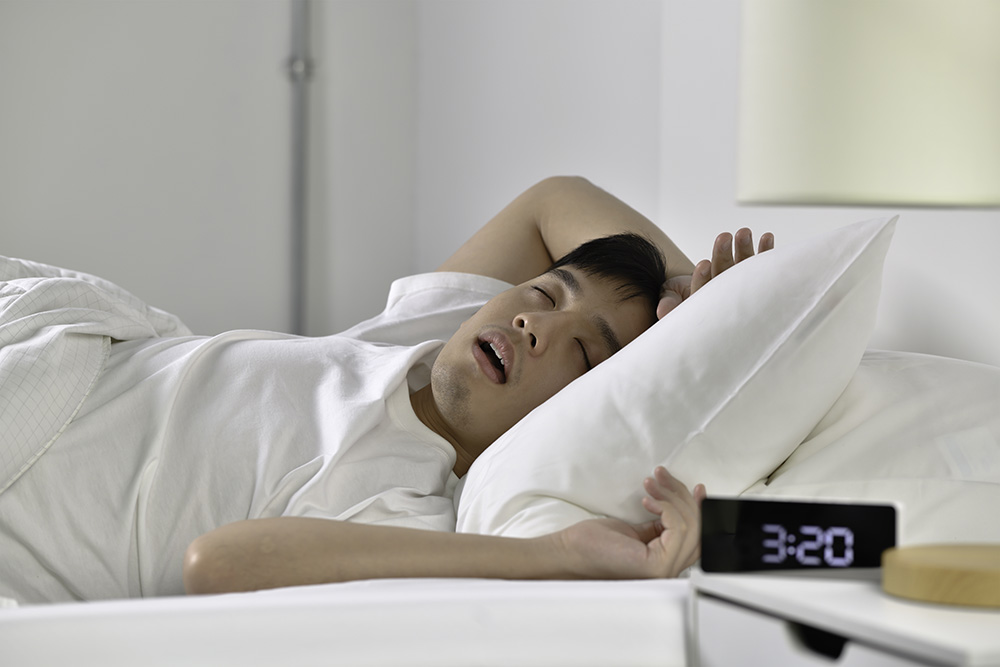
Sleep is a fundamental aspect of our daily lives, playing a critical role in our physical, mental, and emotional well-being. Despite its importance, many people struggle with getting enough quality sleep, often due to a misalignment of their circadian rhythm. In this article, we'll dive into the science of sleep, explore the concept of circadian rhythm, and provide practical tips for optimizing your sleep-wake cycle for better rest and overall health.
What is Circadian Rhythm?
Circadian rhythm refers to the internal 24-hour clock that regulates various physiological processes in our bodies, including the sleep-wake cycle, hormone production, body temperature, and metabolism. This internal clock is influenced by external cues, primarily light exposure, which helps synchronize our circadian rhythm with the Earth's 24-hour day-night cycle [1].
The Role of Light in Circadian Rhythm
Light is the most powerful zeitgeber (time-giver) for our circadian rhythm. Exposure to light, particularly blue light, suppresses the production of melatonin, the hormone that promotes sleep. During the day, exposure to natural sunlight helps keep our circadian rhythm in sync, promoting alertness and wakefulness. In contrast, dim light and darkness in the evening signal the body to produce melatonin, preparing us for sleep [2].
Consequences of Circadian Rhythm Disruption
When our circadian rhythm is disrupted, either through irregular sleep patterns, shift work, jet lag, or excessive exposure to artificial light at night, it can lead to a host of health issues. These include sleep disorders, metabolic disorders, cardiovascular disease, and even increased risk of certain cancers [3]. Chronic sleep deprivation and circadian misalignment can also negatively impact cognitive function, mood, and overall quality of life.
Tips for Optimizing Your Circadian Rhythm
To support a healthy circadian rhythm and improve the quality of your sleep, consider the following tips:
- Maintain a consistent sleep schedule: Aim to go to bed and wake up at the same time every day, even on weekends. This helps regulate your internal clock and promotes better sleep quality [4].
- Get exposure to natural light during the day: Spend time outdoors or near windows to help synchronize your circadian rhythm with the natural light-dark cycle.
- Limit exposure to artificial light at night: Reduce your exposure to blue light-emitting devices like smartphones, tablets, and computers in the hours leading up to bedtime. Consider using blue light-blocking glasses or installing apps that filter out blue light on your devices.
- Create a sleep-conducive environment: Ensure your bedroom is dark, quiet, and cool. Use comfortable bedding and pillows, and consider investing in a supportive mattress.
- Establish a relaxing bedtime routine: Engage in calming activities like reading, stretching, or meditation before bed to help signal to your body that it's time to wind down and prepare for sleep.
- Be mindful of caffeine and alcohol consumption: Avoid consuming caffeine in the late afternoon and evening, as it can interfere with your ability to fall asleep. Similarly, while alcohol may initially make you feel drowsy, it can disrupt sleep quality and lead to nighttime awakenings.
Conclusion
Understanding the science behind your circadian rhythm is crucial for optimizing your sleep and overall well-being. By aligning your sleep-wake cycle with your body's internal clock and making conscious lifestyle choices that support a healthy circadian rhythm, you can improve the quality of your rest and reap the numerous benefits of a well-rested mind and body.
If you continue to experience persistent sleep issues despite implementing these strategies, it's essential to consult with a healthcare professional to rule out underlying sleep disorders and develop a personalized treatment plan.
References
- Vitaterna, M. H., Takahashi, J. S., & Turek, F. W. (2001). Overview of circadian rhythms. Alcohol Research & Health, 25(2), 85-93. https://www.ncbi.nlm.nih.gov/pmc/articles/PMC6707128/
- Duffy, J. F., & Wright, K. P., Jr (2005). Entrainment of the human circadian system by light. Journal of Biological Rhythms, 20(4), 326-338. https://doi.org/10.1177/0748730405277983
- Reutrakul, S., & Knutson, K. L. (2015). Consequences of circadian disruption on cardiometabolic health. Sleep Medicine Clinics, 10(4), 455-468. https://doi.org/10.1016/j.jsmc.2015.07.005
- Czeisler, C. A., & Klerman, E. B. (1999). Circadian and sleep-dependent regulation of hormone release in humans. Recent Progress in Hormone Research, 54, 97-130; discussion 130-132. https://pubmed.ncbi.nlm.nih.gov/10548874/
Latest Posts
-
1
-
2
-
3
-
4
-
5





